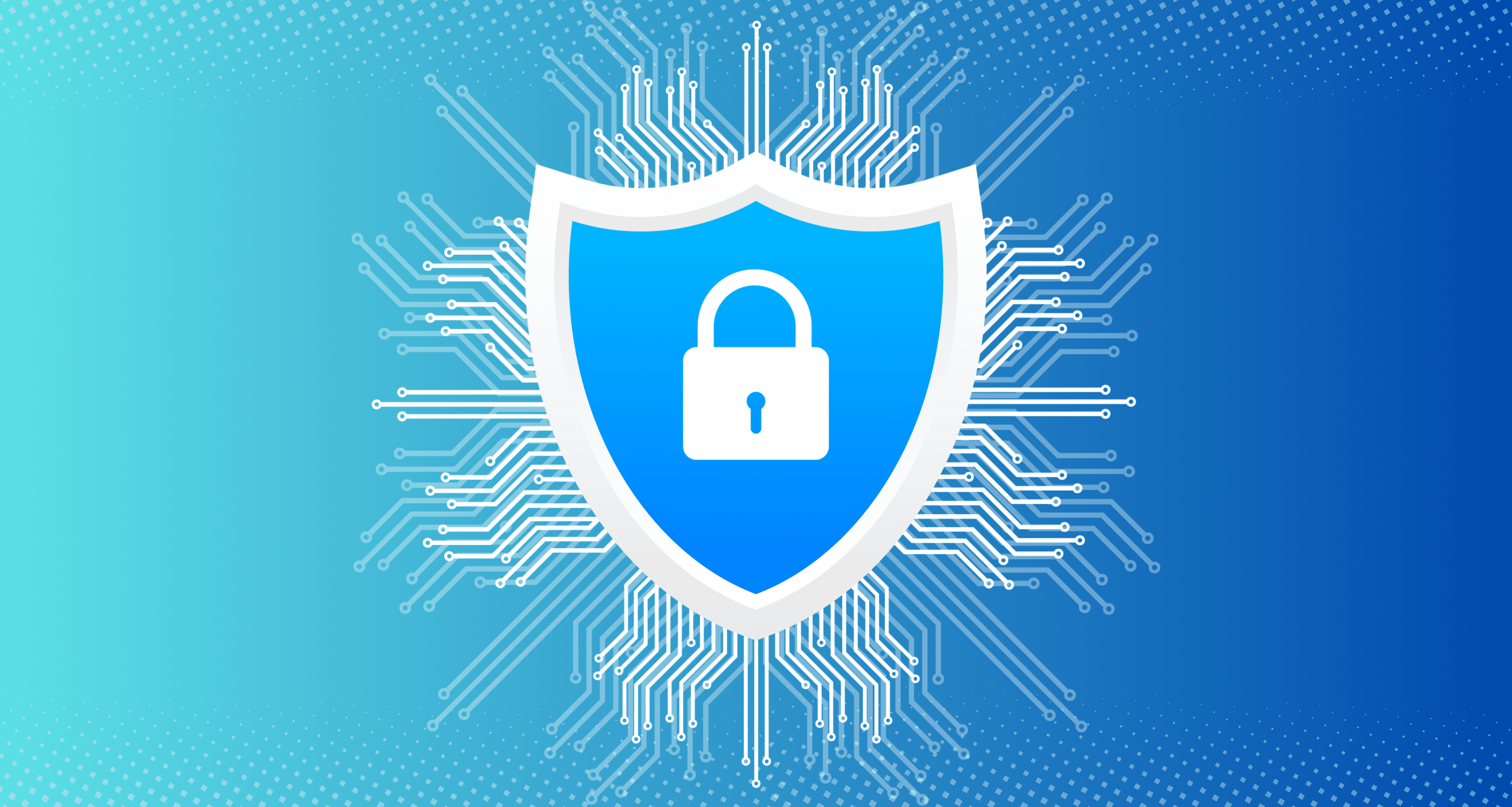While most businesses do intend to become compliant at some point, only 20% of companies actually have security and compliance standards in play. Security assurance and compliance adherence are two separate things, but there is some overlap between the two. Both help to provide a certain level of confidence and a certain standard when it comes to regulation management and protection of a business’s digital information and assets.
The best way to think about security and compliance is one being dependent on the other. Compliance makes the implementation of security measures possible, and in return, security makes it possible for businesses to adhere to a wide variety of regulations within their industry.
Given what both of these tactics are responsible for, the benefits of the two, and the disadvantages of not prioritizing either one, you might think that more businesses would consider security and compliance solutions as must-have items. That would be the general assumption, but with only a few businesses understanding the difference, how to actively prevent cyber attacks, and struggling to keep up with new compliance rules, the level of difficulty increases. Keep reading to learn how to tell these two apart and how each tactic can safeguard your company’s operations.
Differentiating Between the Security and Compliance
Within healthcare operations, ‘security’ and ‘compliance’ are often used interchangeably, and this becomes an issue because they aren’t synonymous. Mistaking them for the same thing can and often does hinder strategic decision-making. While they are both areas of data protection, compliance is seen more as a map, while your security measures represent how well you follow that map.
While security revolves around safeguarding against external threats, compliance focuses on adhering to industry-specific regulations. Navigating this dichotomy is essential for creating a comprehensive and resilient data protection strategy.
Classifying Security Controls
Healthcare business owners also must understand that there are different classifications of security:
- Preventive
- Detective
- Corrective
Preventative measures focus on stopping potential threats and vulnerabilities before they occur. Detection-based controls are as they sound; they are put in place to help identify a variety of incidents and potential risks before damage occurs. Corrective controls help to reverse what an incident might have already caused.
For example, preventative controls are great options for risk mitigation which is needed for streamlined compliance. Detection-based measures, which are often used for accountability purposes and to assist with auditing and corrective options, help to showcase a company’s ability to recover in the case something slips through the cracks. All of these things directly affect compliance.
Merging Security and Compliance Solutions
Using streamlined security and compliance solutions is the best way to perform a cohesive merge between the two. Consider the goal of security and how it’s meant to protect your clients, your data, digital assets, and your ability to comply with industry-level regulations. Now, consider how the goal of compliance is to keep your business operations in line with legal standards and contractual obligations. Being able to adhere to the protection of sensitive data and making use of industry best practices means a higher level of industry compliance and limiting the chance of cyber threats.
Compliance Directly Influences Security
Security risk and compliance can be difficult to keep up with, especially given that it’s not necessarily realized that they are interdependent on one another. This is when security and compliance software becomes beneficial for business operations.
Keep in mind that healthcare businesses are always subject to different regulations, whether HIPAA, GDPR, or complying with OSHA standards. Each regulation often outlines security requirements for that business to follow, and this directly affects compliance levels. Requirements for compliance also often require regular risk assessment implementation to help pinpoint areas of vulnerability.
The results of these risk assessments directly affect your security measures. It’s a continuous cycle between the two.
Security and Compliance Software Simplifies Integration of the Two
Security and compliance solutions help to streamline the adherence process. Automated compliance checks, internal process recommendations, regular audits, and real-time monitoring ensure that healthcare businesses are exceeding minimum requirements and not only meeting the bare minimum expectations. Combining security and compliance into your operations requires a dynamic approach to combine robust security measures with adherence to continuously evolving regulations.
To get help in automating required training, addressing compliance requirements, and meeting a variety of compliance standards, Compliancy Group makes it possible with only one process. Schedule a demo today.







